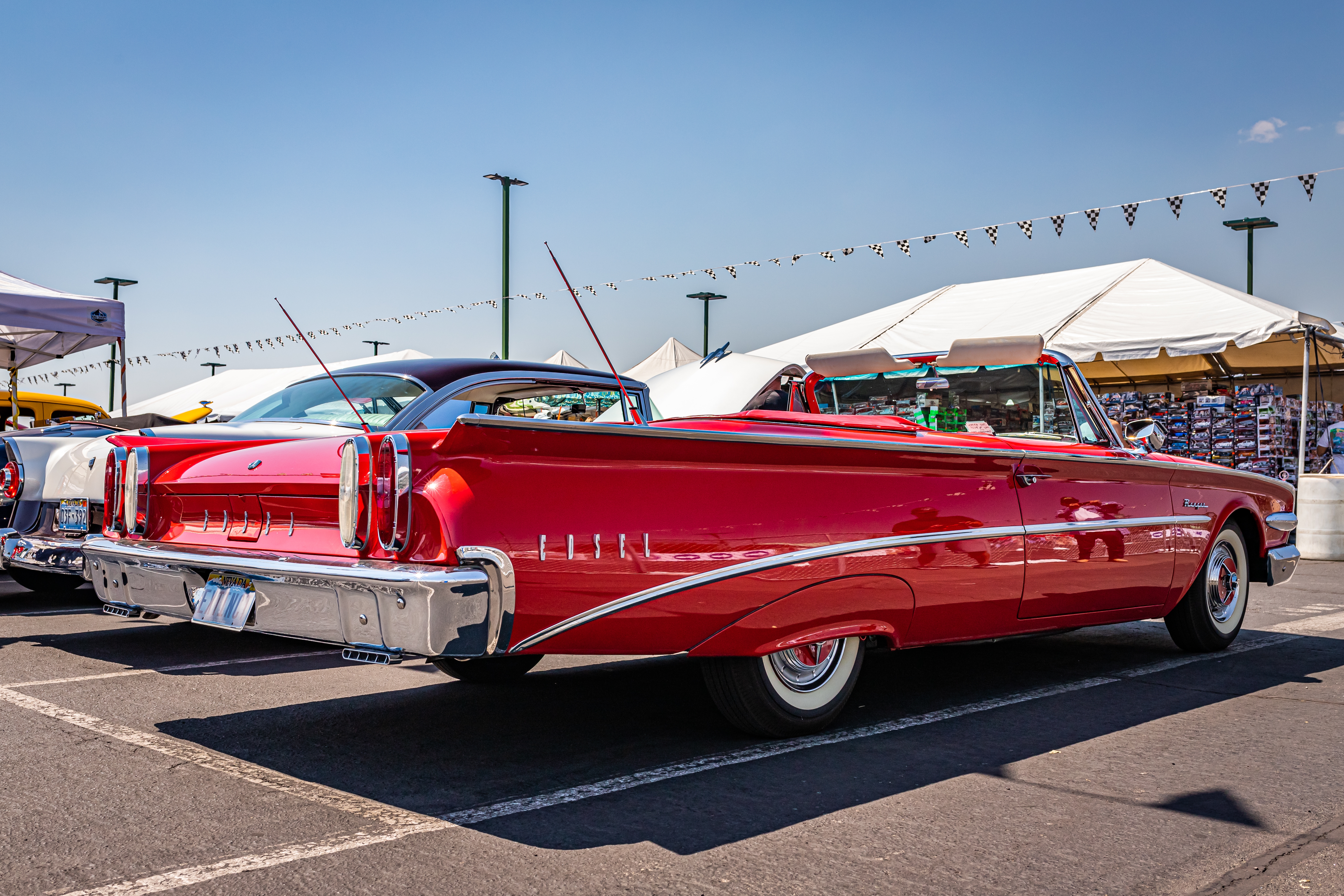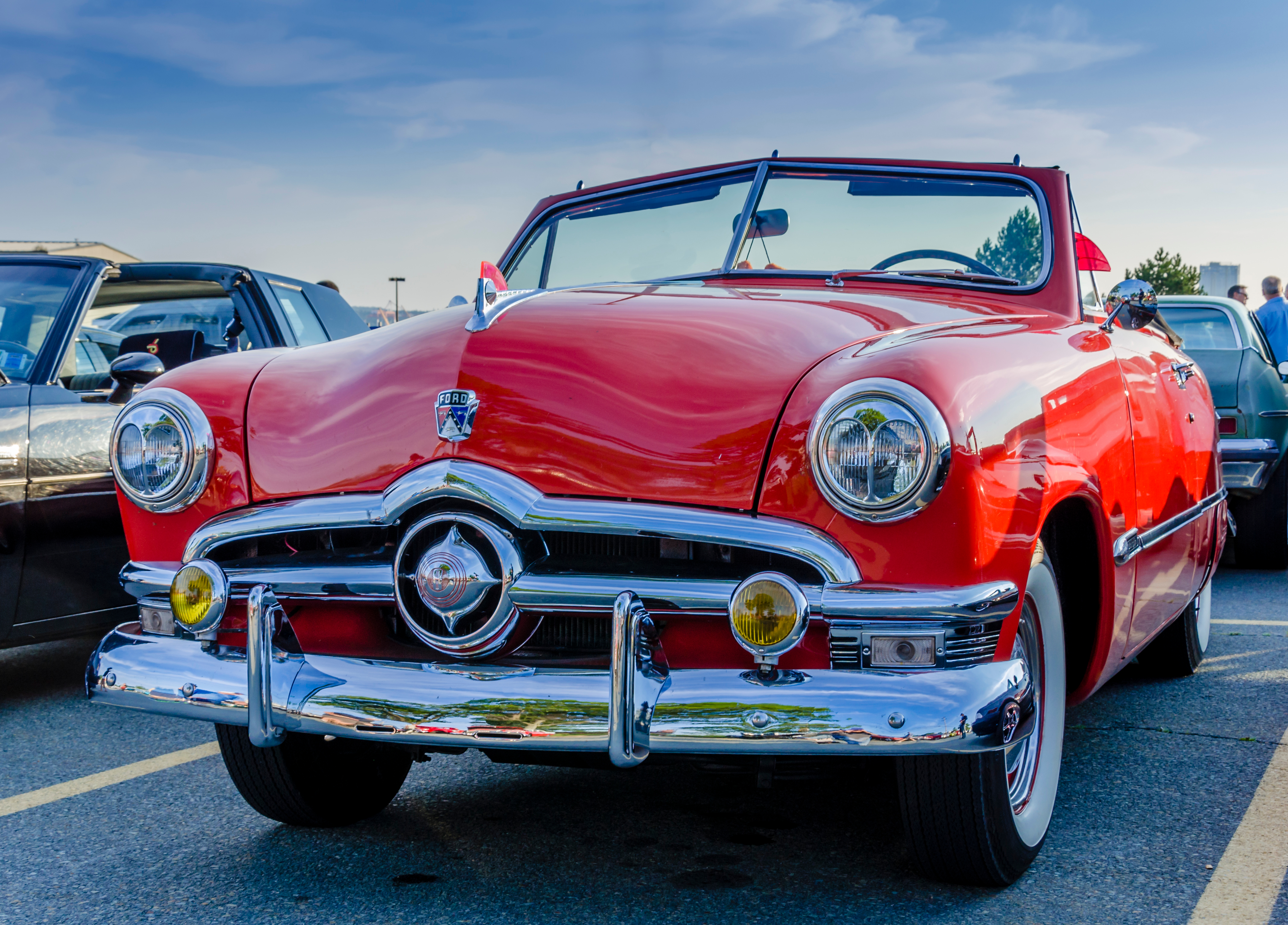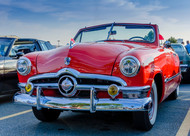Convertibles always the best way to go
Posted by Dale Edward Johnson on Nov 24th 2021
The 1950s and 1960s were the best years for convertibles.
This was the era when convertibles were eye-catching, glamorous, exotic, expensive cars. With the top down, the sun out, the wind blowing, there was romance in driving a convertible. They were associated with fun, not function. Convertibles were what movie stars drove – both on the big screen or driving to the film studios in Hollywood.
Although rare these days, convertibles still attract plenty of attention.
A convertible is the way to get to the beach or just go cruising, while a humble sedan is more suited as a means of transportation to and from work or getting groceries.
Like any car, a convertible says something about the owners. They're wealthy, because convertibles are usually the most expensive model in a lineup. They're sexy and fashionable – whether male or female – because their convertible was the exact opposite of a responsible "Plain Jane" sedan. Convertible owners are carefree people who put more emphasis on fun than practicality.

So why were the 1950s and '60s the era of convertibles? Well, let's look at a bit of history – both before and after those two decades.
When the auto industry was getting started, more than 100 years ago, vehicles didn't have tops - or windshields or doors either - which meant they were not practical in cool, wet weather. Automotive pioneers were focused simply on making self-propelled vehicles, not adding creature comforts and providing protection from the elements.
Gradually, there were a few closed cars offered, but these were more expensive, and buyers were the rich and famous. By 1920, just 10 per cent of new cars were closed sedans, while 90 per cent were open.
That all changed in the 1920s, when Hudson offered its low-line Essex model for one price, whether a closed coach model, or an open touring model. Sales took off, competitors soon followed, and by the end of the 1920s, just 10 percent of new cars were open models – a complete reversal from the start of the decade.
During the 1930s, a few open models with folding tops were offered at a premium price, catering to the wealthy. When automobile production resumed after World War II, convertibles again were seen as the exotic, glamorous, rare – and expensive – models.
Then came the 1950s: post-War prosperity, the baby boom and the growth of suburbs. The number of two-car families took off – and very often a convertible, as a second car, fit the bill. Later, as baby boomers turned into teenage drivers in the 1960s, very often their first car was a hand-me-down convertible from the 1950s.
During the 1960s, the range of convertibles became far wider. For example, while in the 1950s a Ford convertible was a Ford, by the 1960s a Ford convertible might be a compact Falcon, a mid-sized Fairlane, a full-size Galaxie or a sporty Mustang.
Convertible sales peaked at six per cent in the mid-1960s.
But in the 1970s, a number of factors made convertibles less attractive. Baby boomers were starting families, and sedans and station wagons were more practical. There were concerns about safety, and obviously roll-over accidents in convertibles were more serious than in sedans. There were concerns by the insurance industry; just a pocket knife was needed be a car thief to slice open the roof of a convertible and steal the car.

Automakers cut back on the number of convertible models they offered. In 1976 the final U.S.-made convertible – a Cadillac Eldorado – rolled off the assembly line. Die-hard convertible buffs looking for a new vehicle could still find a handful of imports offered as convertibles. As well, some specialized firms would take new cars and modify them into convertibles.
In the 1982, Chrysler revived the mass-produced convertible on its K-car, and soon other U.S. automakers also began bringing out very limited models as convertibles.
Today, the Chevrolet Camaro and Ford Mustang are the only U.S. made convertibles; imported convertibles are offered by BMW, Fiat, Mazda and Mercedes Benz and others.
For old car buffs, convertibles are among the most desirable models. No matter what age they are, convertibles still turn heads, and are glamorous, rare, exotic, expensive cars. There's still nothing quite like driving with the top down on a sunny day with the wind in your hair to show off your convertible.
Finding automotive restoration supplies is easy at Collectors Auto Supply, which has a full range of vintage auto parts. No matter what kind of collector car parts you are looking for, contact Collectors Autos Supply for all of your vintage car restoration parts.

